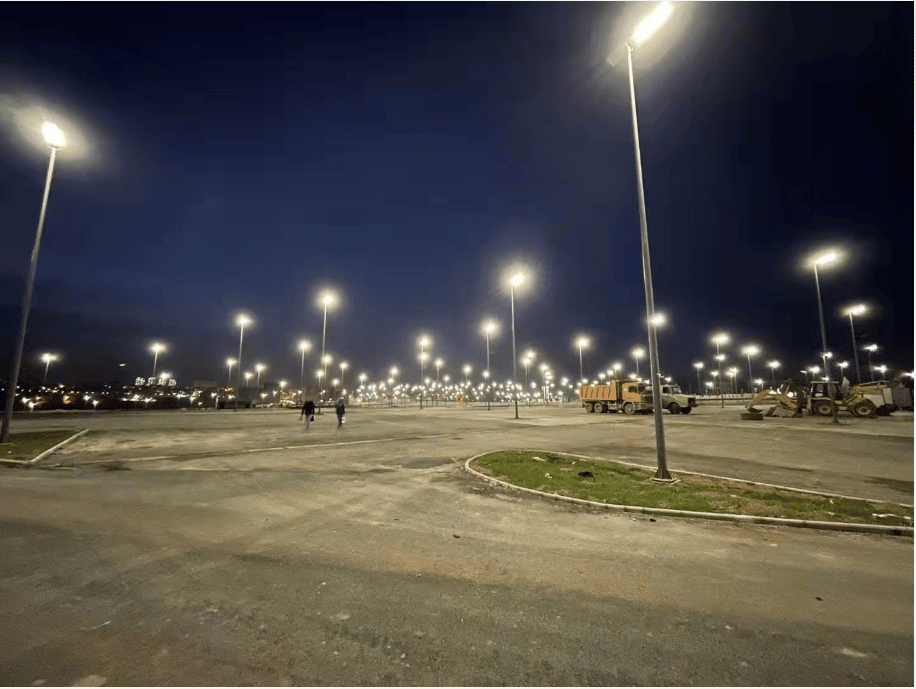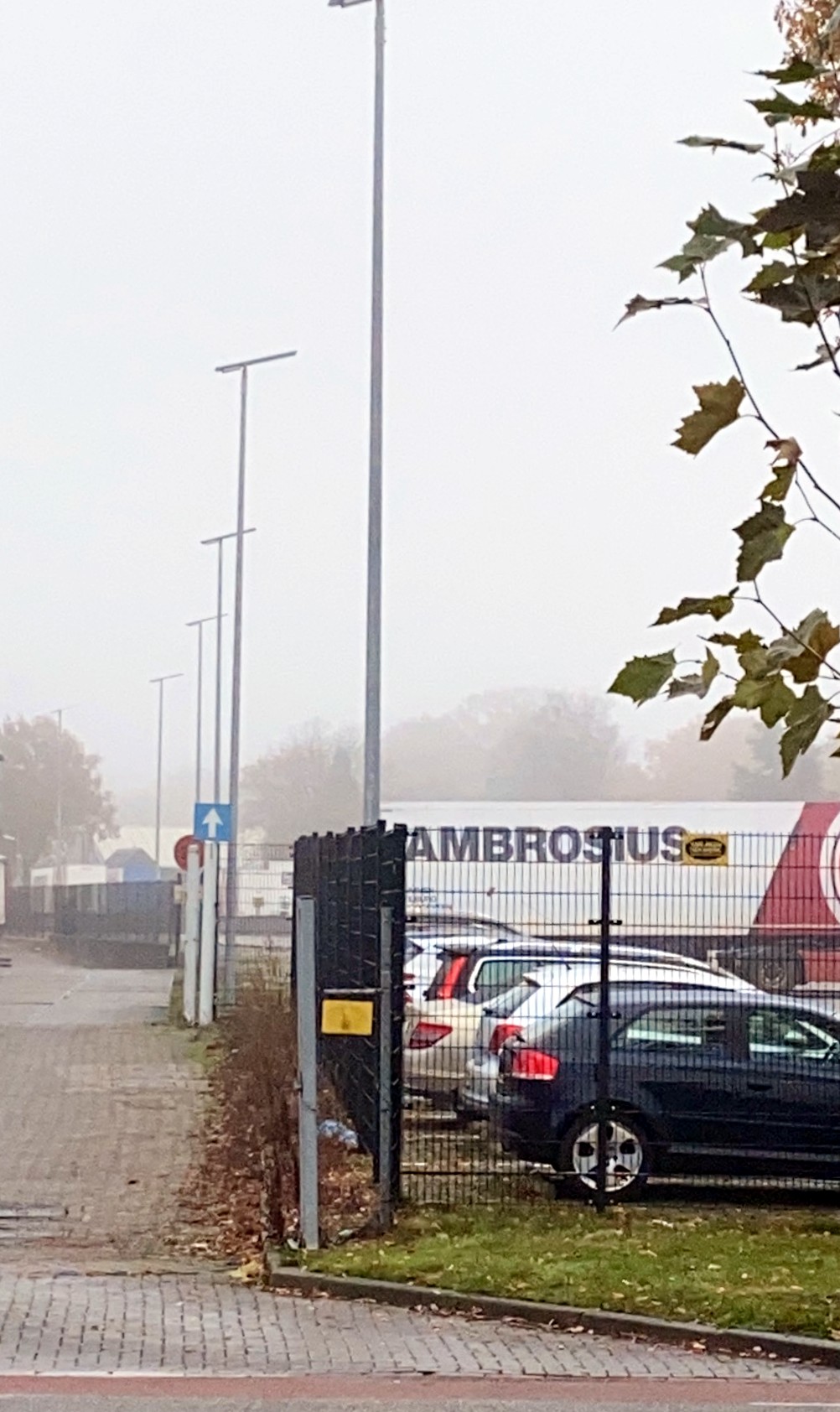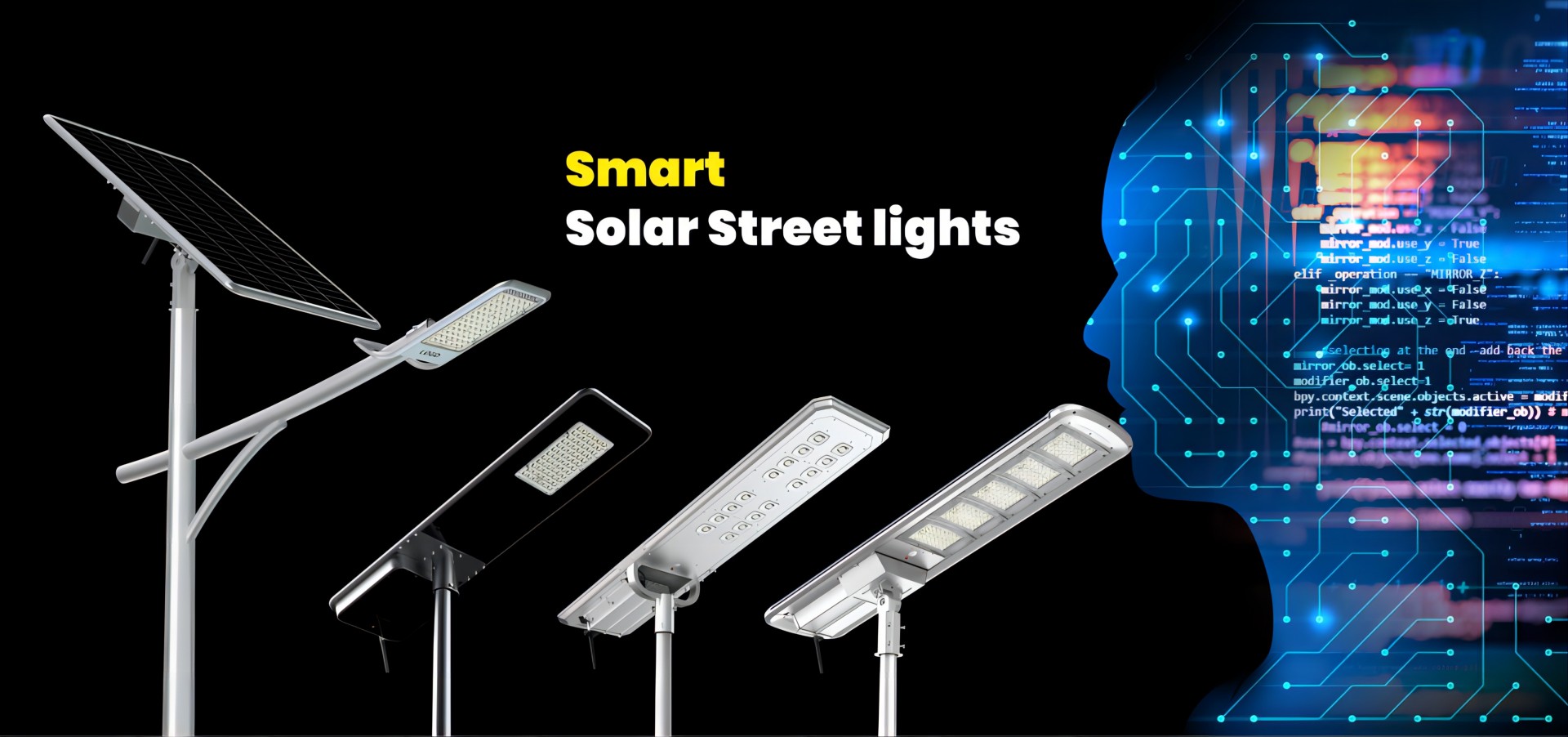As the world continues to seek alternative energy sources, industrial solar lights have become increasingly popular for businesses and organizations in various sectors. These eco-friendly lights are powered by solar energy and offer several advantages, including lower operating costs, reduced carbon footprint, and minimal maintenance needs. However, not all industrial solar lights are the same, and their efficiency can be impacted by various factors. In this blog post, we will delve into seven critical factors that affect the efficiency of industrial solar lights and offer practical recommendations to optimize their performance.
1.Solar Panel Efficiency and Quality
When it comes to industrial solar lights, the quality of the solar panel used is critical in determining their overall performance. One of the essential factors to consider when selecting a solar panel is its efficiency rate and power output. Higher efficiency panels have a more significant capacity to generate electricity in less time as compared to their lower-efficiency counterparts. While high-efficiency solar panels tend to be more expensive, investing in them results in lower long-term energy bills as they require fewer solar cells to produce the same amount of power.
Additionally, the durability of the solar panel is an important aspect to evaluate. Durability is influenced by the materials used to construct the panel. Solar panels made from durable materials can last for numerous years and require minimal maintenance, while poorly made solar panels are prone to wear and tear, leading to reduced efficiency and higher energy bills. For this reason, it’s important to check for panels that have undergone IEC Certification, which guarantees high-quality standards and performance warranties of at least 25-30 years.
Moreover, the size of the solar panel should also be considered when making a selection. Larger solar panels can collect more sunlight, which translates to increased power generation. Smaller panels that often come with all-in-one solar systems may not be adequate for commercial applications that require reliability and all-night service.
It’s advisable to assess all the available options before choosing the most appropriate solar panel for your specific needs. A carefully thought-out selection will maximize efficiency, resulting in long-term cost savings and an environmentally friendly approach to energy production.

2.Battery Capacity and Life Span
Ensuring a consistent, long-term service life of industrial solar lights is essential in reducing maintenance and battery replacement costs. The battery capacity of the solar lights determine how much energy they can store and, consequently, how long they can illuminate a given area. To achieve this, investing in high-capacity batteries with a lengthy lifespan is crucial in providing uninterrupted lighting services.
Recent advancements in battery technology have led to the development of nickel-metal halide and lithium iron phosphate batteries, which possess enormous battery capacity with improved efficiency. With these new batteries, it is possible to access a more significant portion of the battery’s capacity without shortening its lifespan. This is a transformational development as it means that solar light users can now enjoy more extended hours of use without any additional costs or maintenance.
Moreover, options such as energy-saving modes, variable lighting schedules, and smart energy management systems can help in prolonging battery life. These features will help to optimize the system and make it more efficient, cost-effective and sustainable. Additionally, choosing these options leads to significantly reduced energy costs, as the lighting system can adjust to various environmental conditions and energy demands.
The importance of investing in a high-capacity battery with an extended lifespan cannot be overstated. Combined with an energy management system that incorporates sustainable energy practices, it guarantees consistent lighting services, which reduces costs and allows for prolonged usage of industrial solar lights.

3.Efficient Lighting Technology
The selection of appropriate lighting technology is one of the critical aspects that significantly impacts power consumption and efficiency. In the context of industrial solar lighting, choosing the right lighting technology can profoundly influence the overall energy footprint of the system. Among the available options, LED lights have emerged as a highly preferred choice due to their outstanding benefits and superior performance over other conventional lighting technologies like CFLs or halogen bulbs.
LED lights are highly energy-efficient and consume significantly less power compared to their traditional counterparts. This higher energy efficiency has a major impact on the power consumption of the overall solar lighting system. Moreover, LED lights provide far greater light output, making them an attractive choice for a wide variety of lighting applications in industries.
Another significant advantage of LED lights is their longer life span, which leads to lower maintenance and replacement costs over time. LED lights are known to have an operating life of between 50,000 to 100,000 hours, depending on their quality and usage. This makes them ideal for use in applications where frequent maintenance is not feasible or desirable.
With their superior energy efficiency, brighter light output, and extended lifespan, LED lights emerge as the most viable option for industrial solar lighting. Their benefits extend beyond just being eco-friendly and helping in reducing energy costs; they also provide a valuable return on investment by reducing the overall maintenance and replacement costs for the lighting system over its lifespan.
4.Temperature and Weather Conditions
In order to achieve the maximum performance and efficiency from industrial solar lights, it is crucial to choose solar panels and batteries that can withstand even the most extreme weather conditions. In particular, high temperatures can negatively impact the efficiency of certain types of solar panels, leading to less efficient energy production.
Furthermore, battery life can be greatly impacted by temperature fluctuations. For instance, high temperatures can reduce the lifespan of a lead-acid battery by up to half or more, whilst freezing temperatures can cause significant damage to lithium-based batteries. In view of this, nickel-metal halide batteries that are specially formulated for use in extreme hot and cold climates are recommended as the optimal choice.
It is therefore crucial to carefully select solar panels and batteries that are specifically designed to withstand the most extreme temperatures and weather conditions. By choosing products that are temperature-tolerant, you can ensure that your industrial solar lights work at peak efficiency even when faced with harsh and unpredictable weather conditions. Whether you are concerned about high temperatures or freezing winter weather, selecting high-quality, durable solar panels and batteries will ensure your industrial solar lights continue to provide consistent, reliable illumination at all times.

5.Sunlight Hours and Intensity
The efficiency and capacity of industrial solar lights are largely dependent on the amount and intensity of sunlight the area receives. This sunlight can come directly from the sun or indirectly from diffuse radiation that is reflected off of clouds and other sources. Thus, the more hours of sunlight and the greater the intensity, the more efficient the industrial solar lights become.
However, the angle of the sun must also be considered when determining the best placement and components for industrial solar lighting systems. In areas with seasonal changes, such as the northern hemisphere, the angle of the sun can fluctuate dramatically throughout the year. During the summer when the days are long and the nights are short, the solar lighting systems may collect all the necessary energy before midday. Conversely, in the winter when the days are shorter and the sun is low in the sky, significantly less energy can be collected, necessitating additional panel surfaces to harvest enough energy to power the system. Therefore, it is important to select solar components that are best suited for the specific area and worst-case winter conditions. By tailoring the solar lighting system to the unique characteristics of the location, the industrial solar lights can function optimally all year round.
6.Smart Control Systems
The integration of smart control systems is an important aspect of optimizing industrial solar lighting systems for maximum efficiency. By incorporating wireless or embedded controls, lighting output can be adjusted based on local conditions and time of day, resulting in lowered energy consumption and a more cost-effective and sustainable solution.
However, to truly maximize the potential of these advanced features, it is important to understand and focus on seven key components that impact industrial solar light efficiency. These components include proper selection of solar panels and batteries, optimization of panel exposure to sunlight, maximizing lamp efficiency, accounting for weather conditions, and ensuring proper installation.
Firstly, careful consideration must be given to the selection of solar panels and batteries. By choosing high-quality solar panels that are optimized for your specific lighting needs, you can ensure that your system is generating the maximum amount of energy. Additionally, selecting appropriate batteries will ensure that this energy is stored effectively and utilized efficiently by the system.
Secondly, it is important to optimize the exposure of the solar panels to sunlight. Factors such as the placement and angle of the panels, as well as any potential shading from nearby structures or trees, can have a significant impact on the overall performance of the system.
Maximizing lamp efficiency is also crucial for maximizing industrial solar light efficiency. This can be achieved through the use of high-quality LED lamps, which are considerably more energy-efficient than their traditional counterparts. Additionally, utilizing smart controls to adjust lighting output based on local conditions and time of day can further reduce energy consumption.
Weather conditions must also be taken into account when optimizing industrial solar light efficiency. Cloud cover and other weather phenomena can have a significant impact on the amount of energy generated by solar panels. By factoring in weather conditions and adjusting system settings accordingly, you can ensure that your solar lighting system is functioning efficiently at all times.
Proper installation and regular maintenance checks are essential for ensuring the long-term performance and sustainability of industrial solar lighting systems. By utilizing these seven key components, businesses and organizations can optimize their solar lighting’s performance, reduce energy costs, and contribute to a more sustainable future.

7.Proper Installation and Maintenance
Industrial solar lights have become increasingly popular due to their eco-friendliness and cost-effectiveness. Proper installation and maintenance of these lights are crucial to ensure maximum efficiency. It is important to place the solar lights at the correct height, angle, and distance for the specific application. A correct installation ensures that the lights receive direct sunlight, which is essential for optimizing their performance. When solar panels do not face south as intended, the efficiency of the lighting system is significantly reduced.
Therefore, it is imperative to ensure that installers follow the manufacturer’s recommendations to ensure the proper installation of industrial solar lights. This includes conducting any necessary testing to ensure that the system is operating at optimal levels. It is essential to keep the solar panels clean and free of debris so that they can absorb as much sunlight as possible. A dirty solar panel can decrease energy production by up to 25%.
Furthermore, replacing worn-out or damaged components in a timely manner is necessary to maintain the efficiency of the industrial solar lighting system. For example, a damaged battery or inverter can significantly reduce the system’s performance. Timely repairs can save energy and reduce repair costs in the future.
Proper installation and maintenance of industrial solar lights are critical to maximizing the efficiency of these eco-friendly and cost-effective lighting systems. The correct orientation of the solar panels, regular maintenance, and timely repairs are essential for ensuring reliable illumination for years to come. Investing in these essential tasks can lead to significant savings in energy costs, reduced carbon footprint, and a healthier planet.
SRESKY is a trustworthy and comprehensive solution provider for all your industrial solar lighting needs. With a wide selection of commercial solar outdoor lighting options, we strive to cater to the exclusive and diverse requirements of businesses and organizations. Our superior lighting systems are designed with advanced technology, first-class components, and uncompromising engineering standards that guarantee reliable performance and significant cost savings.
Table of Contents